We explain what the Mongol empire was, how it originated and the religion it professed. In addition, what are its characteristics, economy and more.
What was the Mongol empire?
The Mongol Empire is considered the second largest in history . Around the year 1206, Emperor Temudjen, better known as Genghis Khan (or Khan), was the one who instituted this empire that came to cover from the current territory of Korea, China , Iraq, Central Asia , Asia Minor to the Danube.
It was an empire of great importance since it allowed commercial activity between Asia, the East and the Middle East .
A nation of warriors with great military acumen , it was constituted as an ambitious army and an expert in conquest, which granted it a vast territory of 33,000,000 km 2 . Despite this, it was not characterized as an aggressive empire, but instead guaranteed the trade of products through its lands, allowing the commercialization of goods , services and ideas .
Marco Polo undertook a journey through these lands and wrote the book "The Voyage of Wonders" which later inspired Christopher Columbus to undertake his journey.
Beginnings of the Mongol Empire
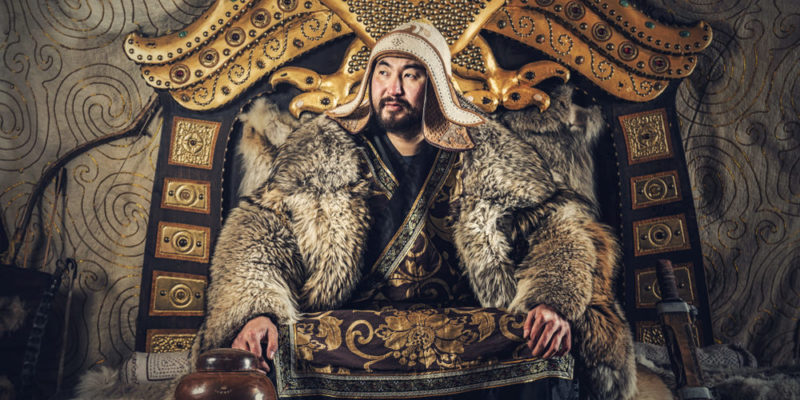
Temudjen was the emperor who brought together all the Mongol tribes and proclaimed himself around the year 1206 as "Great Khan".
Soon they had to face the Jin empire and the Xi Xia , in the north of China. Later he conquered Central Asia and then eastern Persia, southern Russia, and the Caucasus.
Around the year 1227, Emperor Genghis died during a battle and with that fact began the decline that years later ended with this great empire that lasted for more than a century.
mongolian religion

One of the pillars to achieve the expansion of the Mongol empire was the tolerance it exercised in relation to religious diversity among the conquered peoples. Thus, it was characterized by great religious diversity including Jews , Christians , Buddhists , Muslims , pagans, and Hindus .
In turn, the Mongol Empire was particularly interested in the religions that traversed the Silk Road , since they considered that it was possible to find the secret of immortality through the use of rites or magical spells.
Shamanic Animism: Both Genghis and his sons were shamanic animists . Later, both Genghis and his family converted to Tibetan Buddhism, making it the predominant religion throughout the empire.
Mongolian customs and social organization
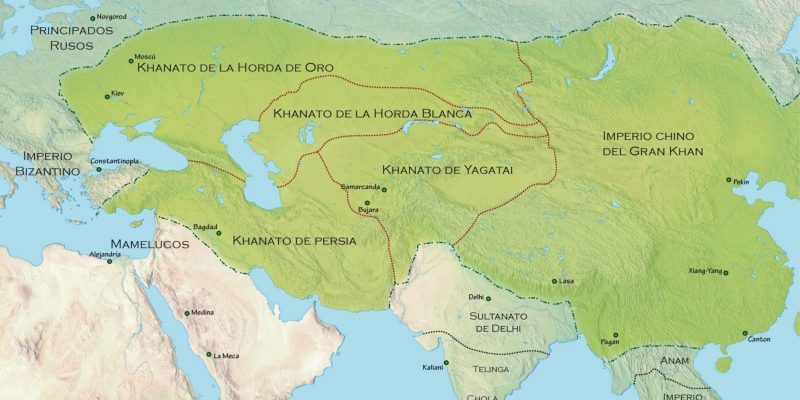
The Mongols had a tribal and nomadic organization : when the natural supply of the place ran out, they set up their tents and left for more fruitful lands.
For this reason, they preferred and respected the nomadic peoples they conquered . Thanks to a nomadic army strong in cavalry and expert archers, they achieved their great power.
Food in the Mongol Empire
The Mongol empire was characterized by eating horse , dog or fox meat and, if necessary, they practiced cannibalism. They did not eat baked goods, vegetables or legumes.
As for the drink, they made a type of alcoholic beverage with the fermentation of horse milk . In addition, they tried to drink a lot of goat or camel milk and when it was scarce, they cooked millet in water and drank it warm or cold.
Economy of the Mongol Empire
The economy of the Mongol empire was based on herding livestock , particularly horses, which were replaced by camels in more arid areas. In addition, they produced grain, tea, and textiles, and traded metals with China.
The Mongolian control system
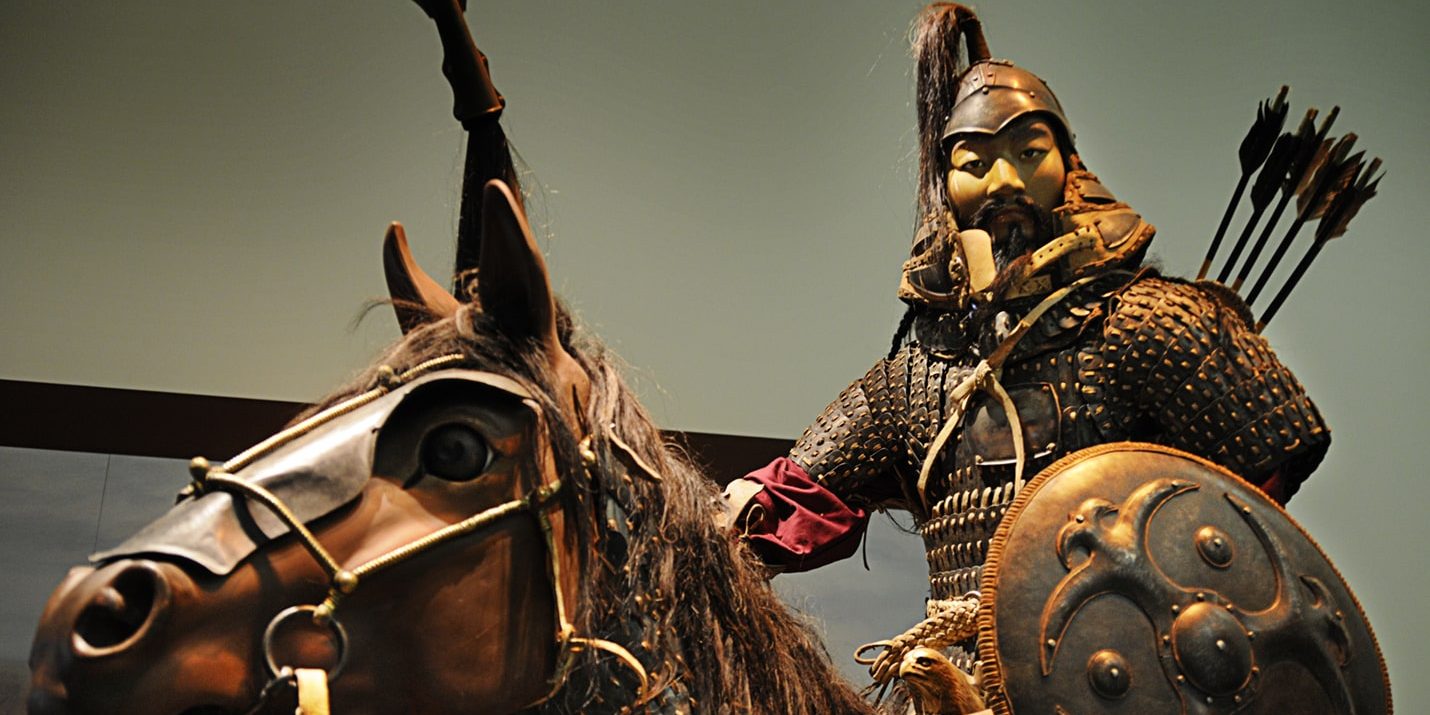
Emperor Genghis Khan established a tax collection and control system called the Yassa . This system used torture for those who refused to pay taxes (a system from which both doctors and priests were exempt).
This law respected nomadic peoples and their different religions and despised sedentary peoples, particularly those from China. Although this law was known to all, only the Khan and his personal advisers could access his writings.
To enforce this law, Kan devised a postal system that would expedite the dispatch of military or government orders. Thanks to this control system, commercial expansion was possible.
Military skills of the Mongol Empire
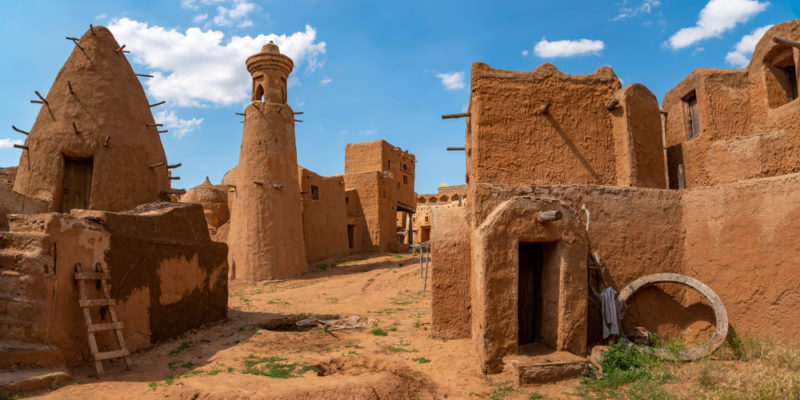
Although they were more backward than the Chinese and the Mohammedans, the truth is that their military exploits were simpler but more effective than those of their neighbors. In fact, this army is considered the best in the world during the 12th and 13th centuries.
After the conquests, the Mongols spared the lives of the conquered artisans and peasants so that they could continue working for them.
On the other hand, they protected the merchants or ambassadors who circulated through the conquered lands as long as they had the documentation in order. This allowed them to guarantee and expand a safe trade route.
The application of meritocracy
This great emperor established a merit system based on the degree of agility and loyalty offered during battles. Thus, different positions and titles were offered taking into account the value shown during the battles.
Mongolian architecture
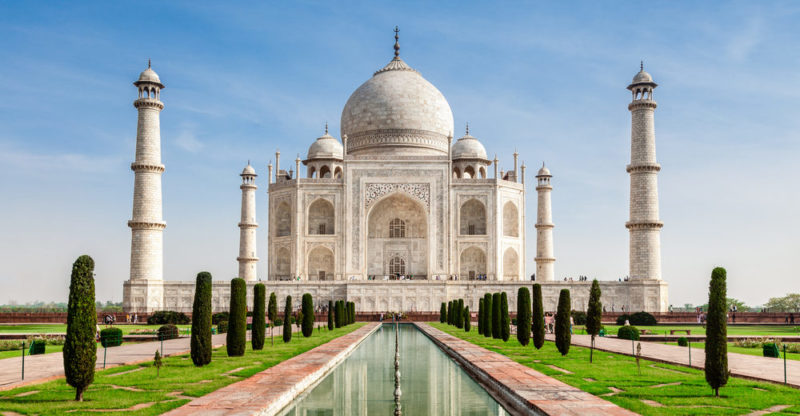
The Mongols were not known for their great architectural works . However, the importance of Mongolian architecture can be seen in the mosques, which today bear some of its heritage. Another of the works whose architecture is of Mongolian heritage was the Taj Mahal.
Decline and legacy of the Mongol Empire
There were different factors that favored the fall of this empire. Some of them are:
- Tribal organization. This organization turned out to be somewhat precarious and weak. After the death of Genghis Khan, the cohesion previously maintained, succumbed.
- Acceptance of diverse cultures and religions. This helped the acceptance to become cultural or religious domination by the conquered peoples.
- Limited military model. Although the Mongols were characterized by surprising military tactics, they did not achieve full dominance in mountainous terrain, where horses could not be subdued.
- reduced army. Despite the vast territory conquered by the Mongols for more than a century, their cavalry (which was their strong point) did not have many skilled horsemen.
- Use of gunpowder by other peoples. The appearance of gunpowder made the cavalry troops so used by the Mongols obsolete.
The above content published at Collaborative Research Group is for informational and educational purposes only and has been developed by referring reliable sources and recommendations from technology experts. We do not have any contact with official entities nor do we intend to replace the information that they emit.
Luke is passionate about fostering student involvement and connection. He studied psychology for his major and likes learning about the past. Luke aims to specialize in artificial intelligence and cybersecurity. .
Leave a reply
Your email address will not be published. Required fields are marked *Recent post

Sport: What Is It, Types, Risks, Features, Characteristics and Examples

Dogs: Emergence, Features, Characteristics, Feeding and Breeds

Story: Definition, Elements, Structure, Features and Characteristics

